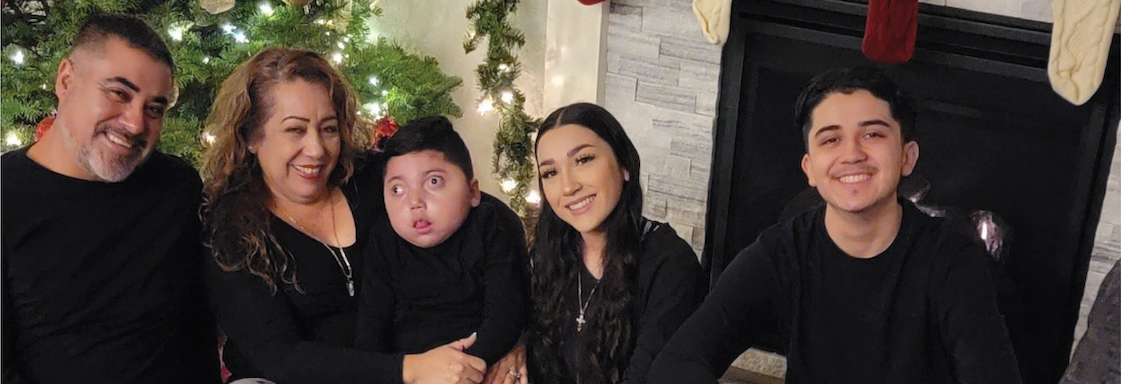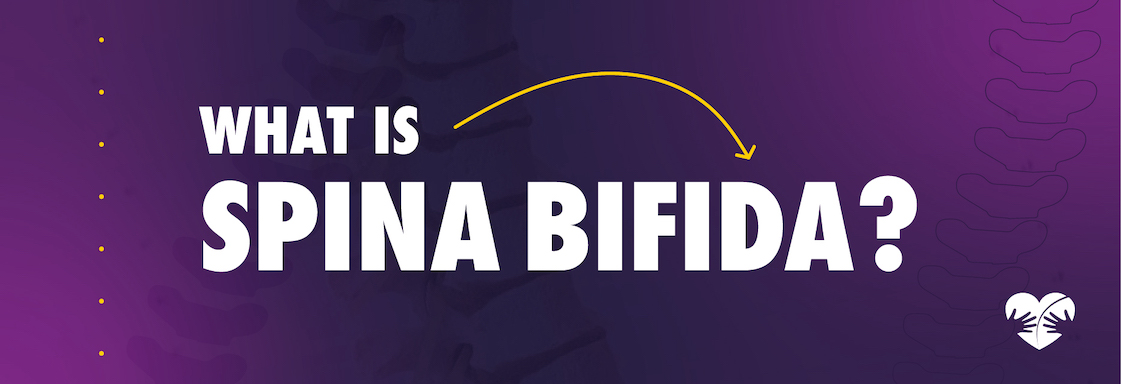Xavian was just a toddler when he fell into the pool and suffered a brain injury due to a prolonged lack of oxygen. He was visiting Las Vegas with his family for a baptism when the incident occurred. Xavian’s grandmother, Leticia, said he wanted to go in the pool one morning, so she got him ready to swim.
Later that day, after swimming, she sat Xavian in the living room while she went to the kitchen for a few minutes. Suddenly, she heard, “Mom, he is not there.” Leticia frantically searched for Xavian and found him lifeless in the pool.
“At that moment, I felt like I was dying,” Leticia says. “They couldn’t make him come back; they shocked him and nothing.”
Leticia has a picture of the Virgin Guadalupe in her home. Whenever Xavian saw the picture, his grandmother would say, “‘ Look, it’s Lupita. It’s the Virgin of Guadalupe.’ I would say, ‘Tell Lupita good night,’ and he would say, ‘night night Pita, night night Pita.'”
Leticia prayed to the Virgin Guadalupe on the day Xavian fell into the pool.
“I asked the Virgin of Guadalupe, ‘Please leave him with me. Please do not take him away from me. I will do everything possible and give everything I have to him, as long as I live.’ I think God heard my prayers because he left him here with me.”
Today, Xavian needs help performing everyday functions. The Children’s Rehabilitation Institute TeletonUSA (CRIT) has been working with Xavian to help him re-learn how to use his muscles.
“I received a call that CRIT had a space for Xavian,” Leticia says. “I had been calling all the time. I would call every week in hopes of getting him treatment there. We were so happy when we got the call because we were going to go see the place that everyone says is magical.”
Leticia and her husband, Jaime, drove 18 hours to get their grandson treatment at CRIT.
“I said to myself, ‘if my little boy has been fighting so hard, why wouldn’t I do the same?’ As long as he keeps fighting, I will be right by his side fighting with him.”
After just two weeks of receiving intensive treatment at CRIT, Xavian began moving his arms and legs, improved his head control and alertness during transitional movement activities, and his sitting tolerance and positioning.
At CRIT, medical staff provides reports and information to each family so they can continue facilitating rehabilitation at home. Today, Xavian’s grandparents demonstrate good handling skills, are now knowledgeable about physioball and mobility activities and can facilitate sitting activities with their grandson.
Additionally, Xavian’s grandmother created an at-home gym that plays an active role in Xavian’s daily care.







